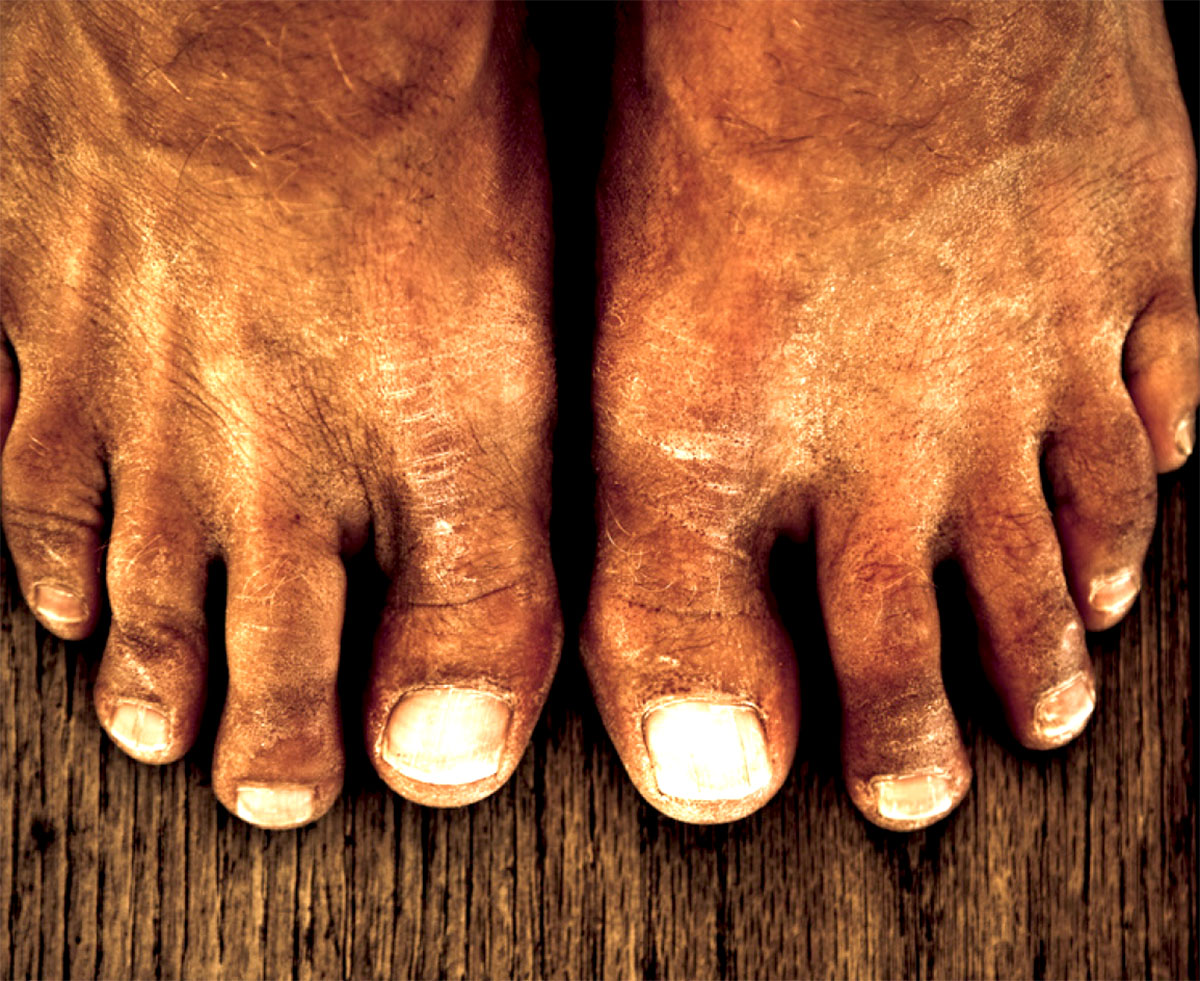How to Prevent Diabetic Foot Ulcers
Diabetic Foot Ulcer – an Important Reminder during American Diabetes Month
 |
How can we prevent a diabetic foot ulcer? -File Photo |
By Keyla Payano, medical student, Dr. Johanna Daily and Dr. Alyson Myers
Manhattan Voice
October 26, 203
NEW YORK - November is American Diabetes Month. According to a recent study, by 2050 approximately 1.3 billion people around the world will have diabetes. Our goal at Montefiore is to work together to raise awareness about the condition and help our community to manage and prevent diabetes and its complications.
One such complication is a diabetic foot ulcer (DFU), which is an open wound that can be located anywhere on the foot, but most commonly is seen on the bottom or side of the foot. These areas are the most frequently affected as they are exposed to greater pressures from body weight when walking, especially when shoes are too tight.
There are many factors that can contribute to the formation of a diabetic foot ulcer. One of the most common is the loss of sensation in the feet, known as “neuropathy,” which occurs when nerves are damaged by diabetes. People can develop neuropathy even during the pre-diabetes stage.
Other common causes of diabetic foot ulcers include poor circulation and peripheral arterial disease (PAD), which causes poor blood flow to different parts of the body. Many patients with diabetes will have both neuropathy and PAD.
When blood glucose levels are elevated (also known has hyperglycemia), this can damage the body, including nerves, which can lead to patients being unable to feel physical trauma to their feet. This can also cause damage to blood vessels, leading to poor circulation and poor wound healing, which is frequently seen in patients with diabetes. This is why it is important to monitor your blood sugar levels regularly, whether that be with finger sticks or with a continuous glucose monitor. We recommend that you see your diabetes provider every three months, so that they may closely monitor your diabetes by reviewing your blood glucose readings, checking a Hemoglobin A1c test and making any necessary changes in your treatment plan.
How can we prevent a diabetic foot ulcer?
People with poorly controlled diabetes and diabetic foot ulcers are more susceptible to long-term consequences, including infections and amputations. So, it’s important to take action to help prevent the development of diabetic foot ulcers. Patients can check their feet daily for damage that could lead to a diabetic foot ulcer. This includes looking for any injuries or scratches, assessing your nails, or new cuts that you did not sense. If unable to look at your own feet you should ask someone else to check your feet for any injuries, such as a family member or friend. Alternatively, you can use a mirror to observe the bottom of your foot.
Properly fitted shoes are essential in the prevention of diabetic foot ulcers. You can check with your insurance company to see if they provide coverage for orthopedic support or diabetic shoes. Minimizing the possibility of injury by not walking around the house barefoot can also help. Taking your own equipment to nail salons, cutting your own nails, and not cutting your cuticles can also mitigate the risk of getting a diabetic foot ulcer. Controlling blood glucose levels and avoiding smoking can help patients prevent complications that may make them more susceptible to diabetic foot ulcers. Finally, it is critical that patients with diabetes have a health care provider as a partner to maintain healthy feet and to rapidly provide care if ulcers develop.
What are we doing in the Bronx?
At Montefiore, the Departments of Medicine and Vascular Surgery are partnering to establish a limb preservation program to prevent amputations. With early intervention, the need for an amputation can be prevented in patients with diabetic foot ulcers.
We are also getting involved in the community by co-hosting a Diabetic Foot Ulcer Expo with Assemblyman Anthony Benedetto on November 16th from 11am-2pm at the Dreiser Loop Community Center. This event includes a town hall to connect with the community, followed by vendor tables representing diabetes technology, shoe companies, health insurance and nutrition.
For more information visit: https://www.montefiore.org/diabetes-month. We look forward to seeing there!
Keyla Payano is a 4th year medical student at Albert Einstein College of Medicine, Dr. Johanna Daily is an infectious disease specialist at Montefiore Medical Center and Dr. Alyson Myers is a diabetes specialist at Montefiore Medical Center








Comments
Post a Comment